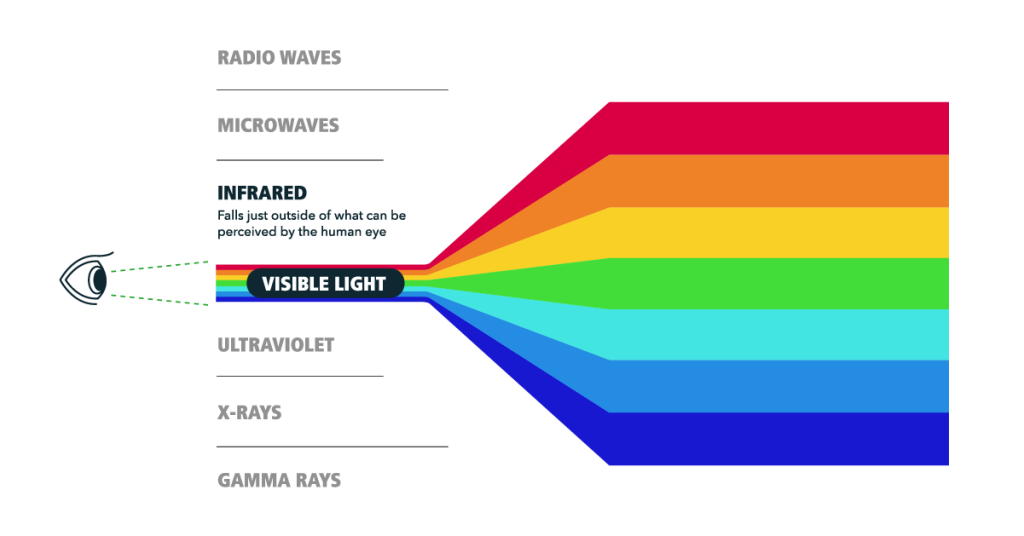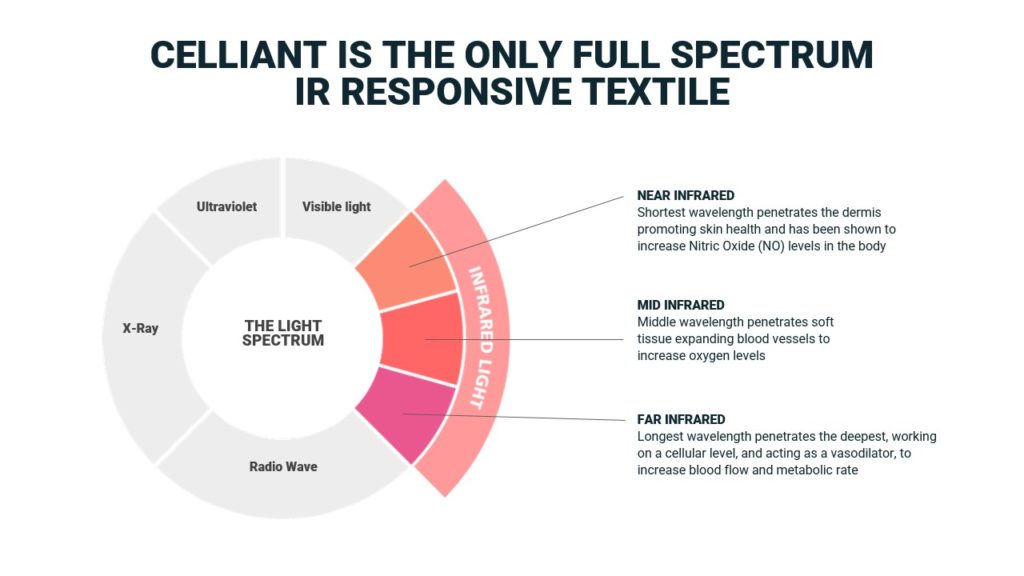
5 New Innovative Infrared Wellness Applications
August 08, 2025 – As infrared becomes increasingly mainstream, a host of innovators have harnessed the power of infrared light therapy in new and unique ways. Today we share five new innovative infrared wellness applications…





